March 1st is St David’s Day, the patron Saint of Wales, time to celebrate all things Welsh; rugby, daffodils, dragons, Tom Jones, and Welsh cakes! These aren’t “cakes” in the usual sense in that they’re cooked in a frying pan (traditionally a cast iron griddle stone, but a heavy based frying pan works just as well). They are spectacular when they’re just cooked, but equally good cold later.
By making few substitutions and cooking a smallish batch, it means that there’s no reason these can’t be included in a calorie controlled diet. I had three of these delicious Welsh Cakes for lunch today and enjoyed every crumb!!
Welsh Cakes aren’t something we can get here in our little corner of Québec, so homemade is the only way. I originally decided not to try to lightening them up on the actual day, thought it would be considered sacrilegious. But I was intrigued by the possibility, so gave it a go and they worked out really well! Hubs didn’t notice the difference.

To lighten up this recipe, I used Lakanto Sweetener which is a sugar substitute with monk fruit extract – it’s texture is the closest I’ve found to that of regular white sugar, and there’s no nasty aftertaste – gamechanger!
This recipe is for a small batch – just 8 welsh cakes – which should also help with the calorie control. This will make 8 Welsh cakes, and at only 103cals each, are less than a treat size bar of chocolate – great for a snack or dessert. These are super quick to make too, with no special ingredients, so have a go!
Start by sieving the flour and baking powder into a large mixing bowl, then drop in the cold butter chopped into chunks and the cold light margarine. Use a table knife to cut it into the flour, then go in with your fingers and start squishing the lumps of butter into the flour with your fingertips, raising the crumbs up as your rub them through to incorporate as much air as possible. The colder your hands are the better! Keep rubbing and aerating till the mixture resembles fine breadcrumbs.
Now add the sugar substitute and the mixed spice and whisk them through, then add the sultanas and mix well to distribute the fruit. Lightly beat the egg, and add that to the bowl. Stir gently to bring all the ingredients together, but keep the stirring light – you’re literally just gently bringing the dough lightly together. Finally with your hand, gently press any crumbs into the dough (add a splash of skimmed milk if necessary). The dough should remain quite wet and sticky, but resist the urge to knead it together – don’t work it or it’ll become tough and rubbery.
Once the dough is pretty much stuck together, tip it out onto a floured surface and shape it into a rough flattened circle – again – keeping the handling to a minimum to ensure you get light, flaky cakes at the end.
Lightly roll the dough with a rolling pin, turning it regularly to make sure it doesn’t stick to the surface – dust with a little more flour if needed (but not too much or they’ll become too dry). Roll it to just under 1cm thick (1/4 inch), then cut out as many rounds as you can using a 7cm cookie cutter. Again, keeping the handling to a minimum, lightly re-shape, re-roll, and cut out the remaining dough – I managed to get 8 full rounds and a little one (chef’s taster)!
Heat a heavy-based iron skillet, or just a heavy non-stick frying pan, for a few minutes, then turn down the heat to low for a minute before starting to cook. You will need just a tiny bit of butter in the pan for cooking – I saved the butter wrapper and tore it in half… what was left on the wrapper was more than enough for cooking the welsh cakes in two batches. If you don’t have a spare wrapper, then melt barely a ¼ tsp of butter in the pan and spread it all around. Adjust the heat to as low as it will go.
Place the cakes into the pan and leave them to cook gently for a minute or two. Carefully lift an edge to check they’re browning, and once golden, carefully turn them to cook the other side. You’ll notice the cakes puff and rise slightly. I like to turn them several times during cooking to ensure they cook through without burning. Keep them on a low heat and cook till golden and firm to the touch.
While the cakes are cooking, place 2 teaspoons of regular white sugar on a small plate. As soon as each cake is ready, lift them out and press each face gently into the sugar – because the cake is hot, the sugar will stick. Put the sugared cakes onto a cooling rack.
Now try to resist eating them straight out of the pan… or don’t! Just enjoy – particularly good with a great cup of tea!
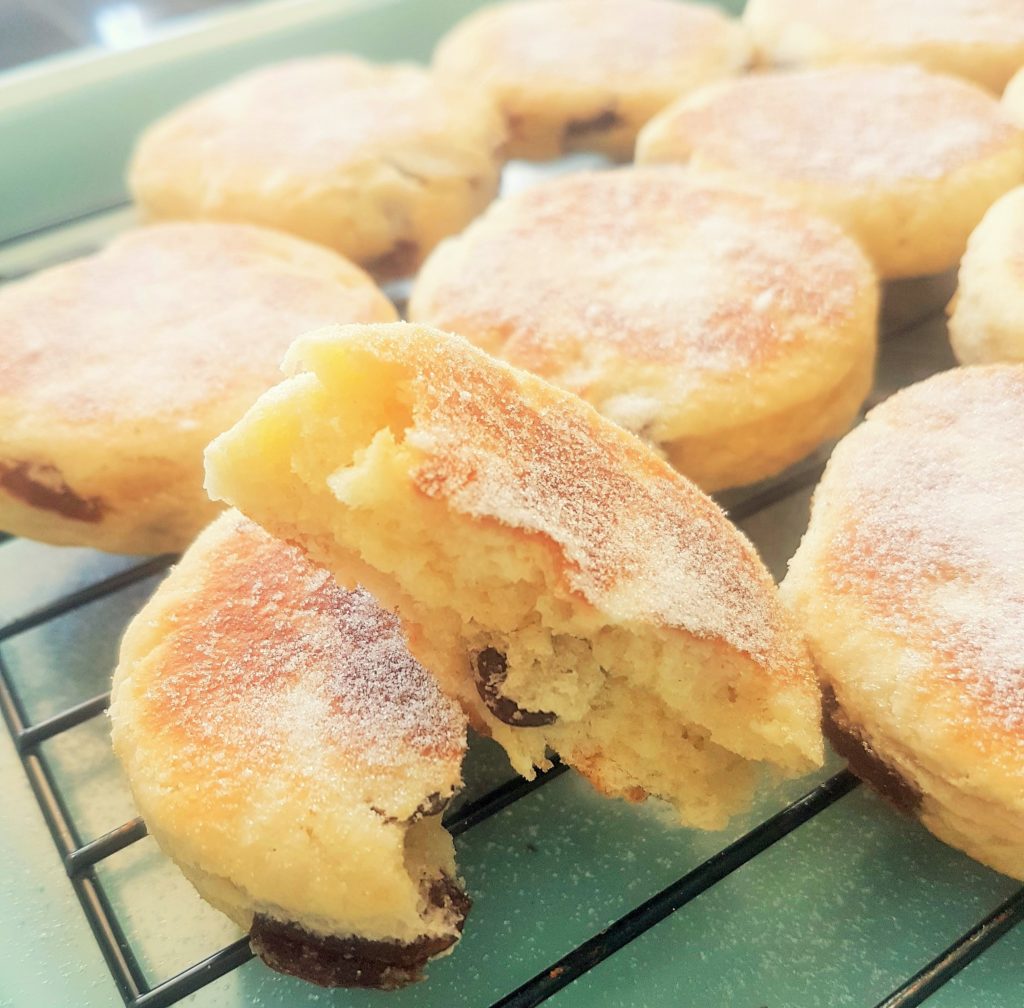
Recipe: Welsh Cakes
Makes 8 cakes at 106 calories each
Ingredients:
- 4oz (110g) self-raising flour
- ½ tsp baking powder
- 1oz (28g) butter
- 1oz (28g) light margarine
- 1 tablespoon (18g) Lakanto classic sugar substitute
- ½ tsp mixed spice
- 20g sultanas
- 1 egg, lightly beaten
For cooking:
- ¼ tsp butter
- 2 tsp regular white granulated sugar
Method:
- Sieve the flour and baking powder into a large mixing bowl
- Add the butter and margarine and rub it into the flour with your fingertips till it resembles breadcrumbs
- Add the Sweetener and mixed spice powder and whisk through
- Add the sultanas. Mix well to distribute the fruit
- Lightly beat the egg and add to the mixture. Stir it together till it clumps, then press it together gently with your hand till it forms a ball. Turn out onto a lightly floured surface.
- Don’t knead the dough or the cakes will be tough, but bring it together gently into a flattened ball.
- Now use a rolling pin to roll out the dough to just under 1cm / a ¼ inch thickness.
- Cut out rounds using a 7cm cutter
- Reshape the dough to use it all up (handle it as little as possible to keep the texture nice and light)
- Heat a heavy iron skillet for a few minutes, then turn down the heat to low for a minute before starting to cook. Melt barely a ¼ tsp of butter in the pan and spread it all around. Place the cakes into the pan and leave them to cook gently for a minute or two. Gently lift an edge to check they’re browning, and once golden, carefully turn them to cook the other side. I like to turn them several times to ensure they cook through without burning.
- Get ready with a cooling rack, and once the cakes are cooked, quickly dip each face into a little regular white sugar on a plate. Transfer them to the rack and try to resist till they’re all cooked.
- Repeat with the remaining cakes.


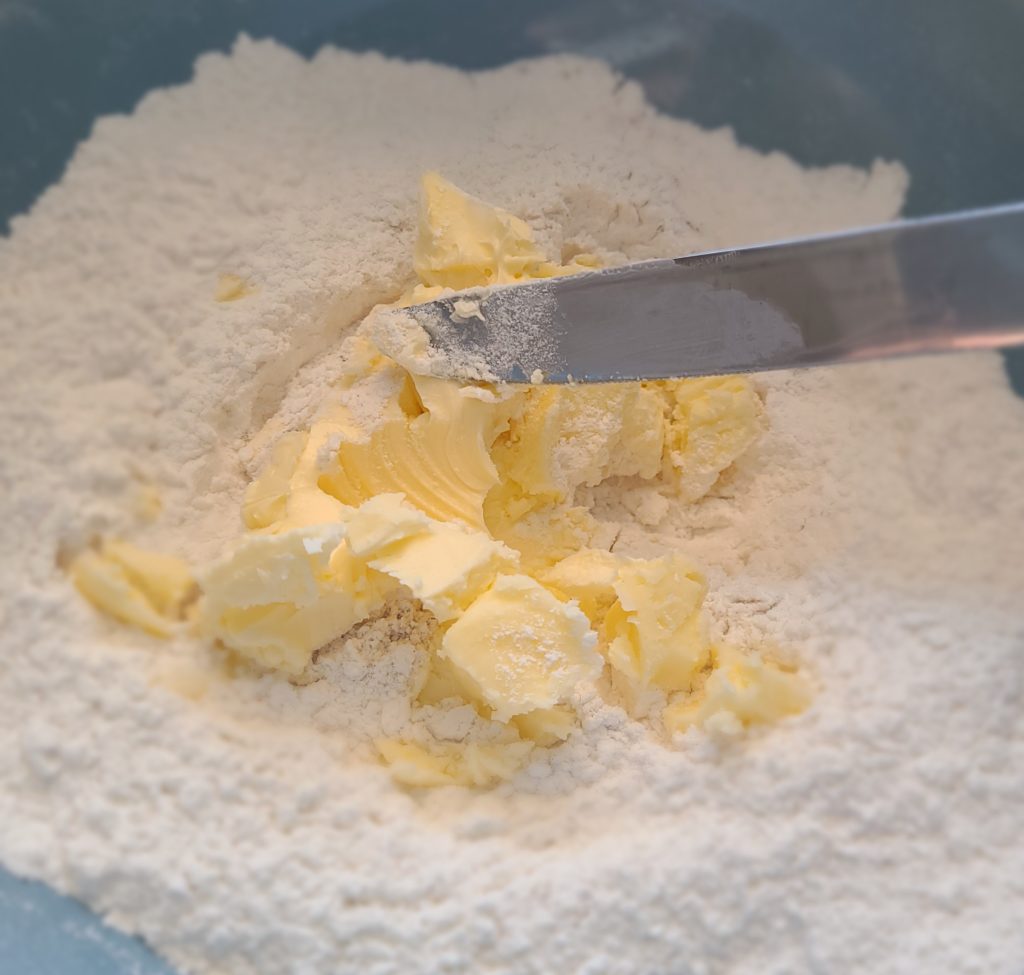
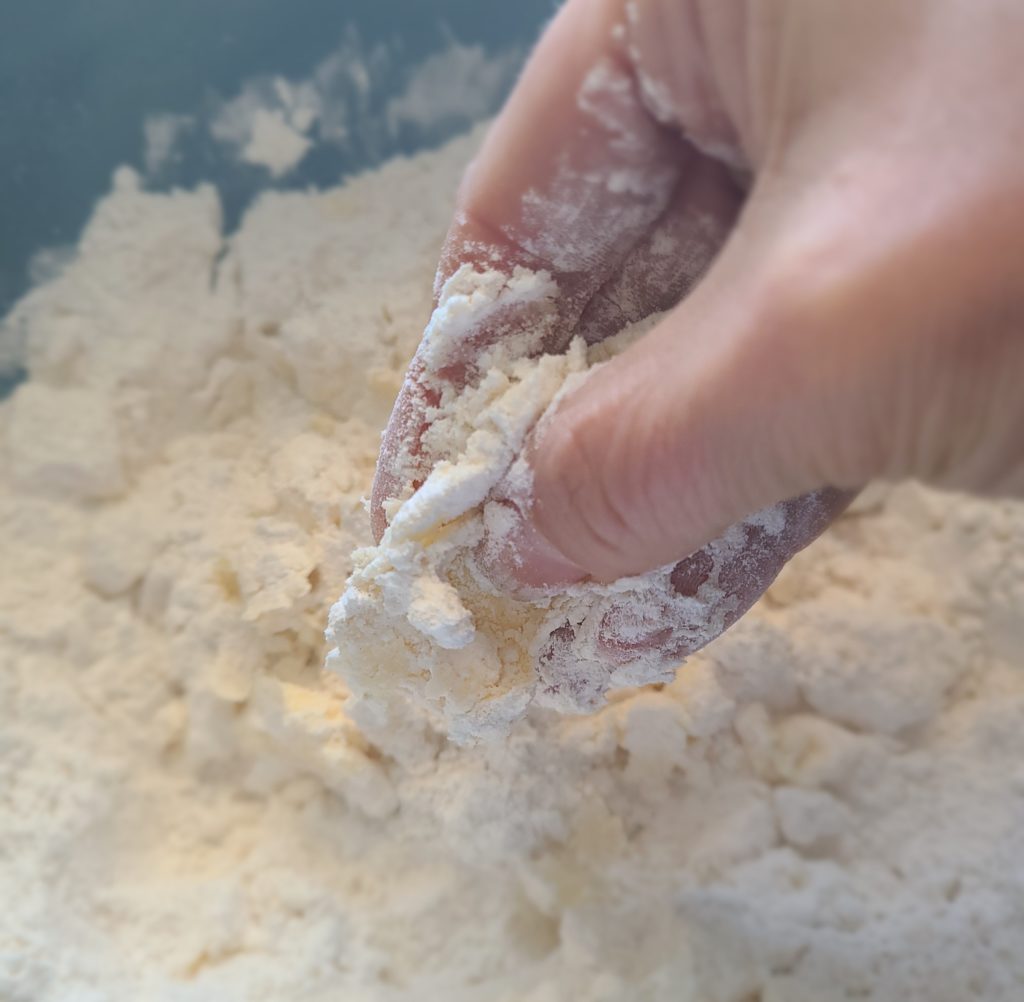
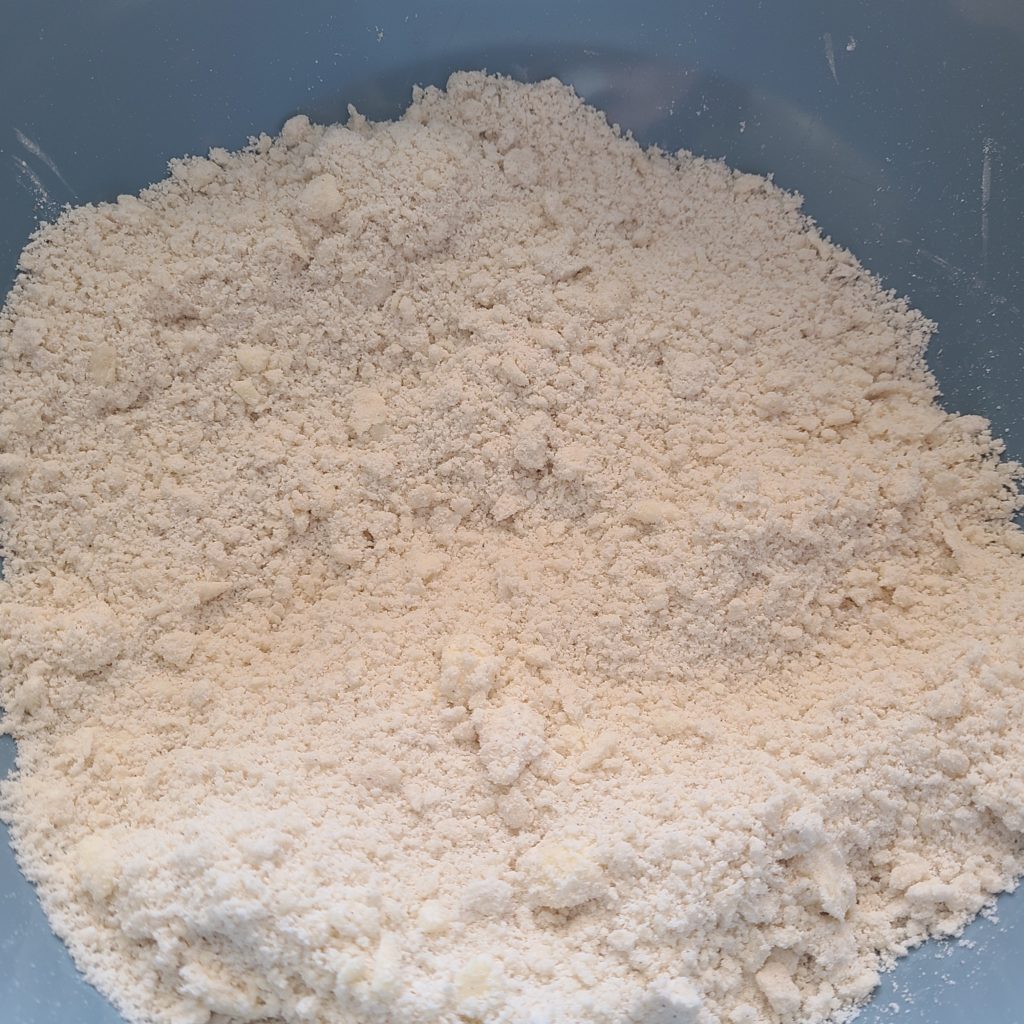
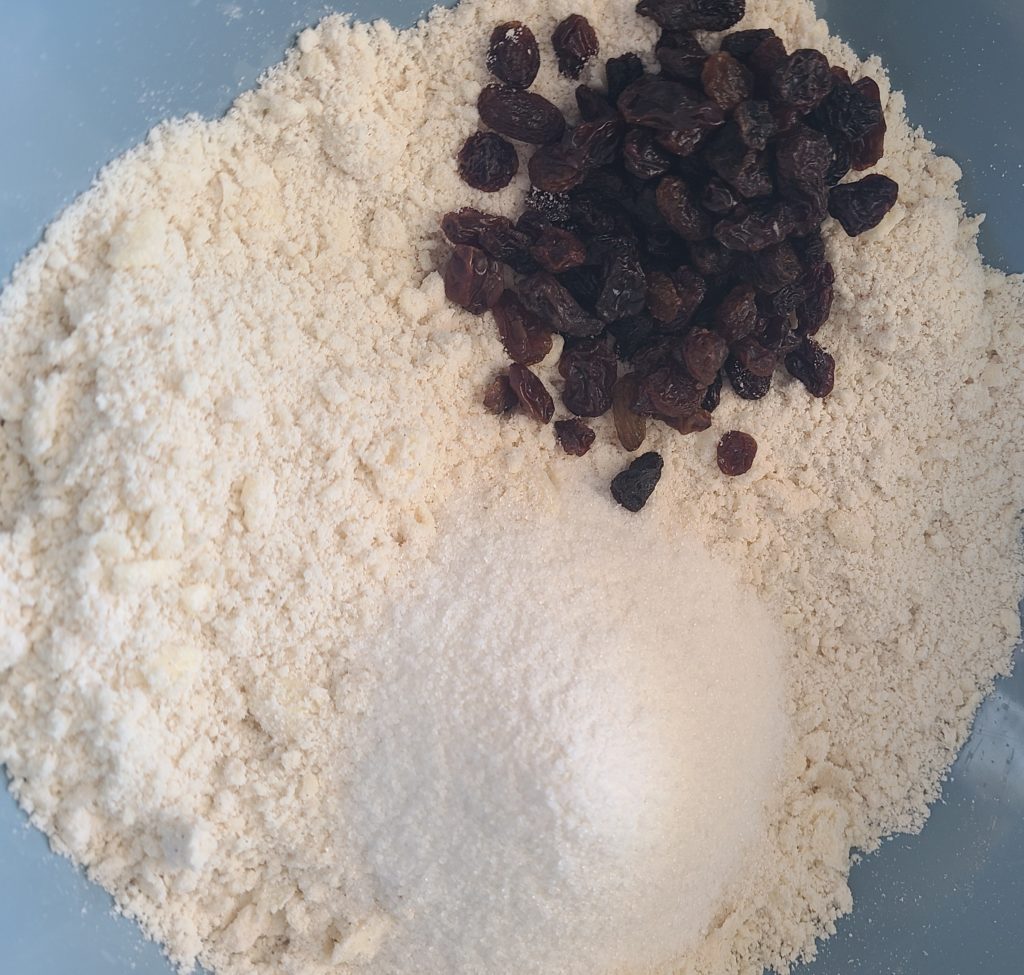


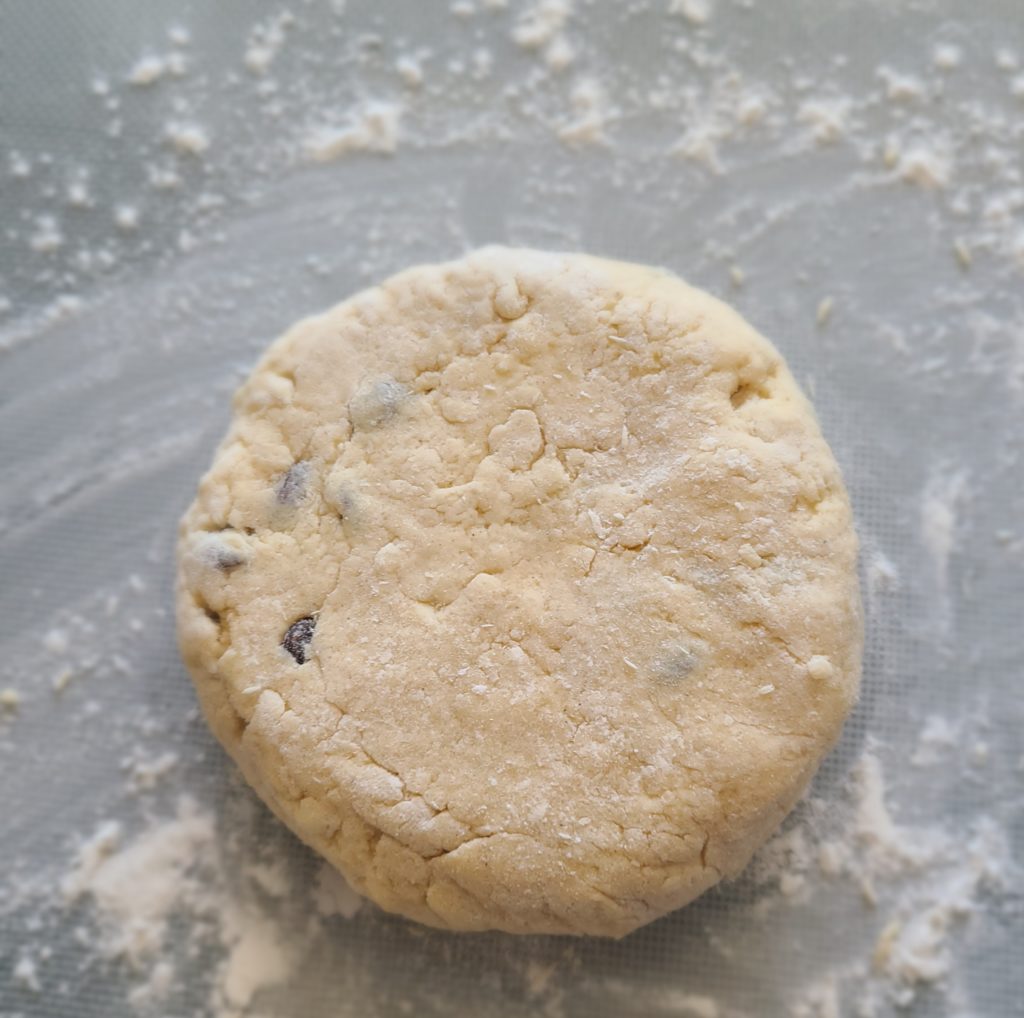
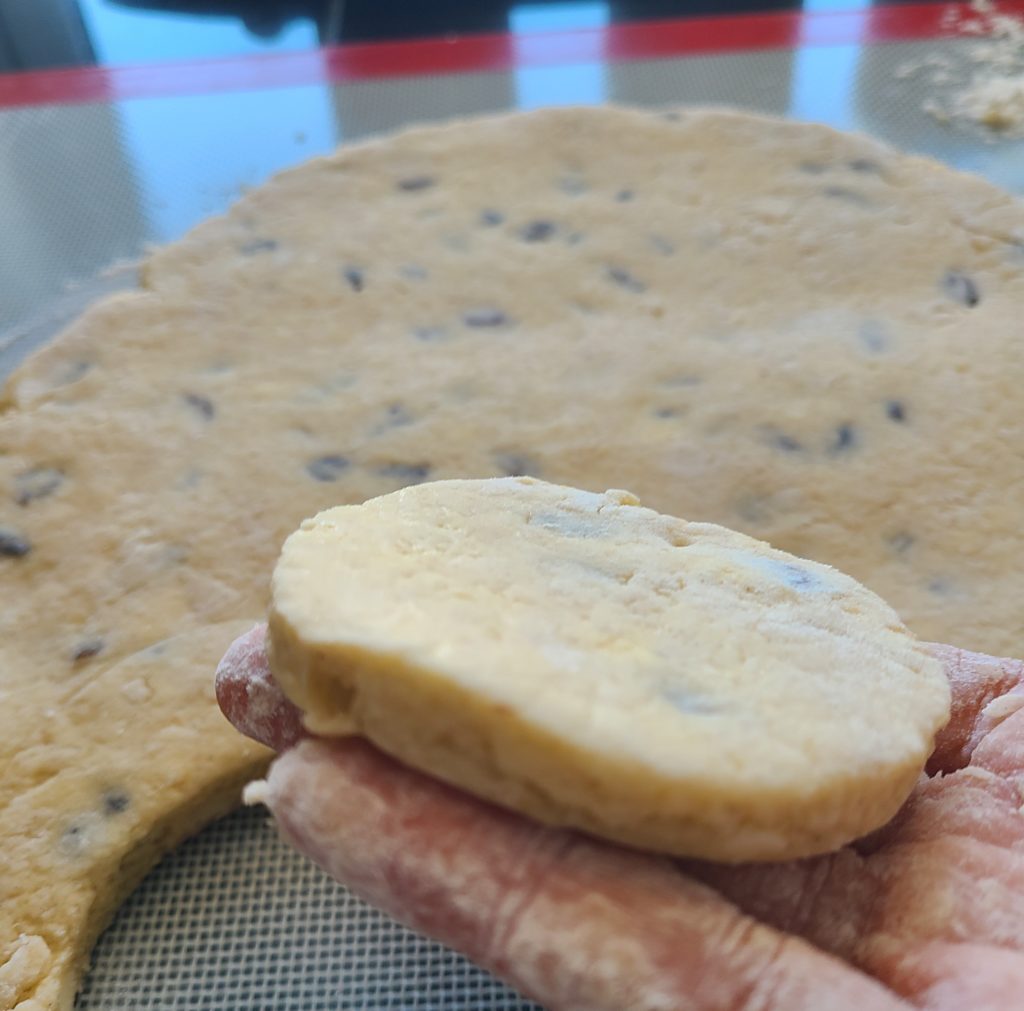
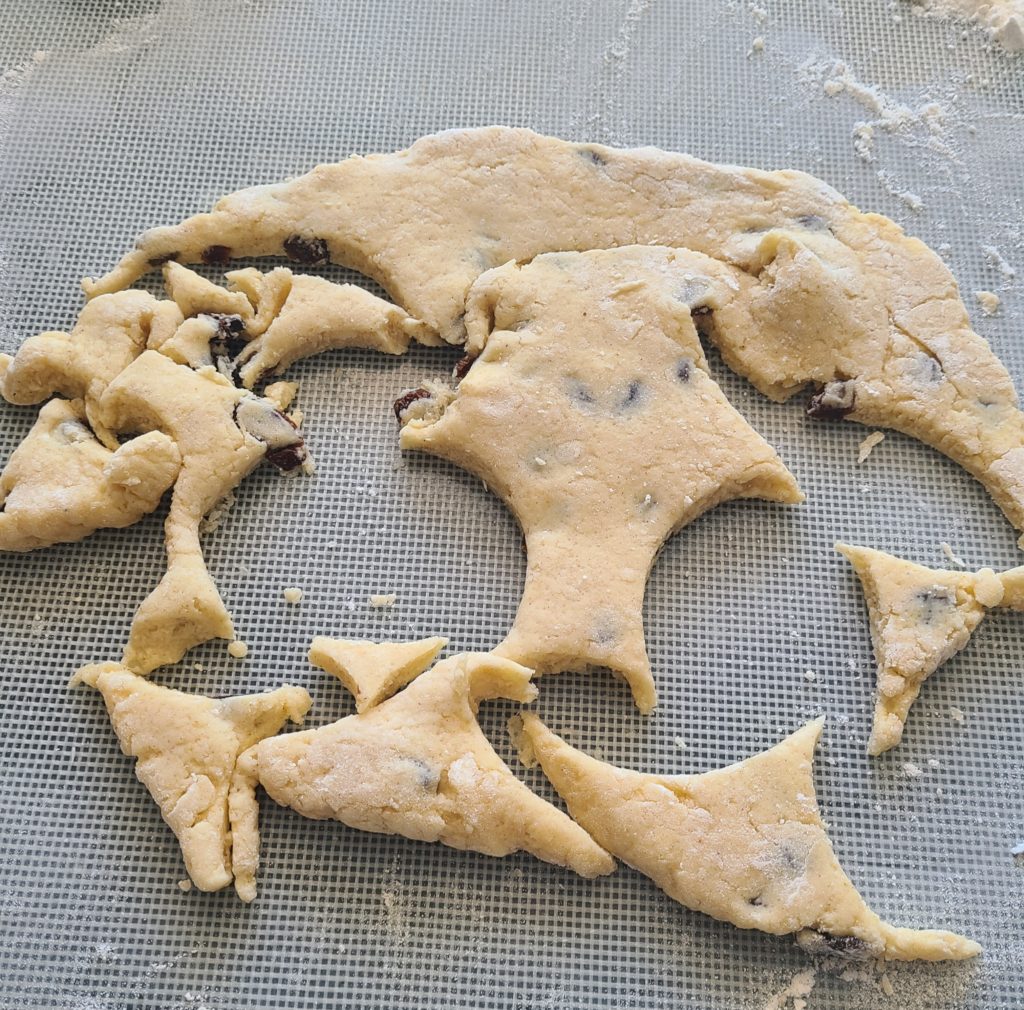

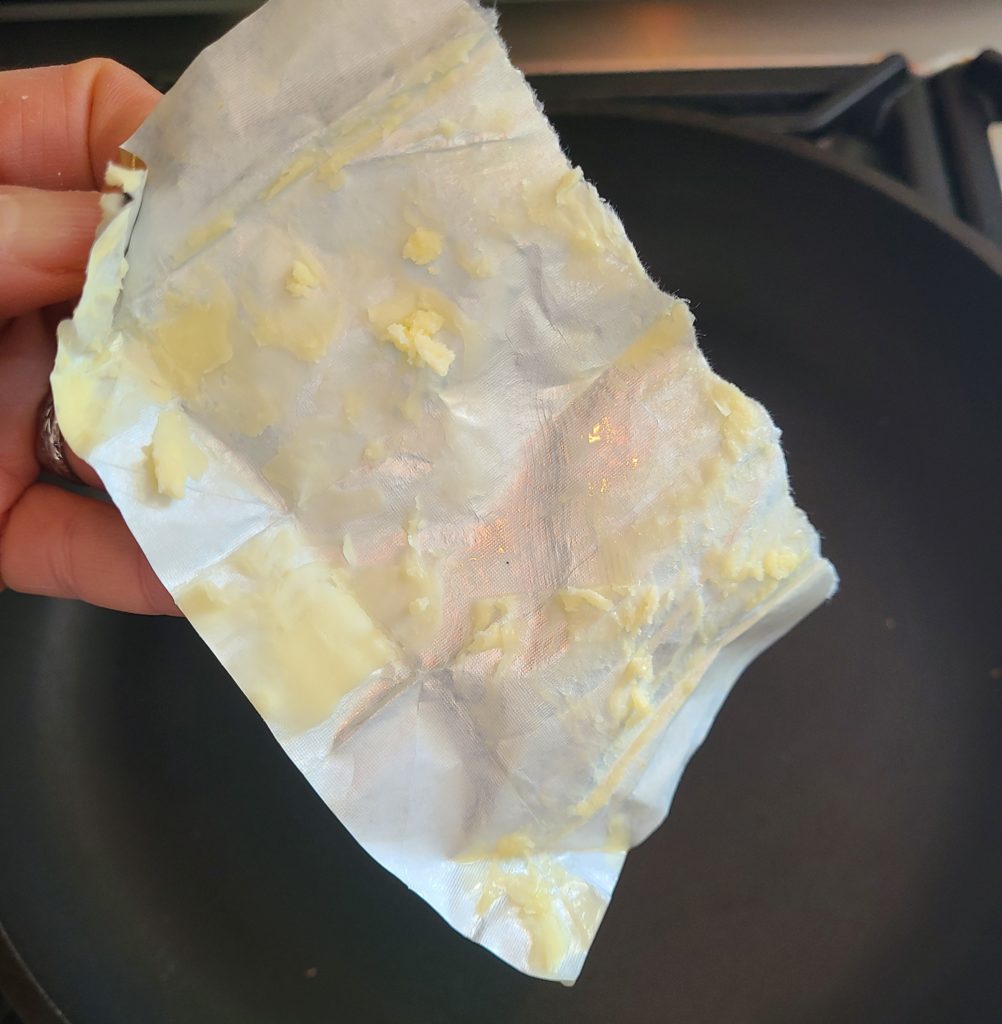
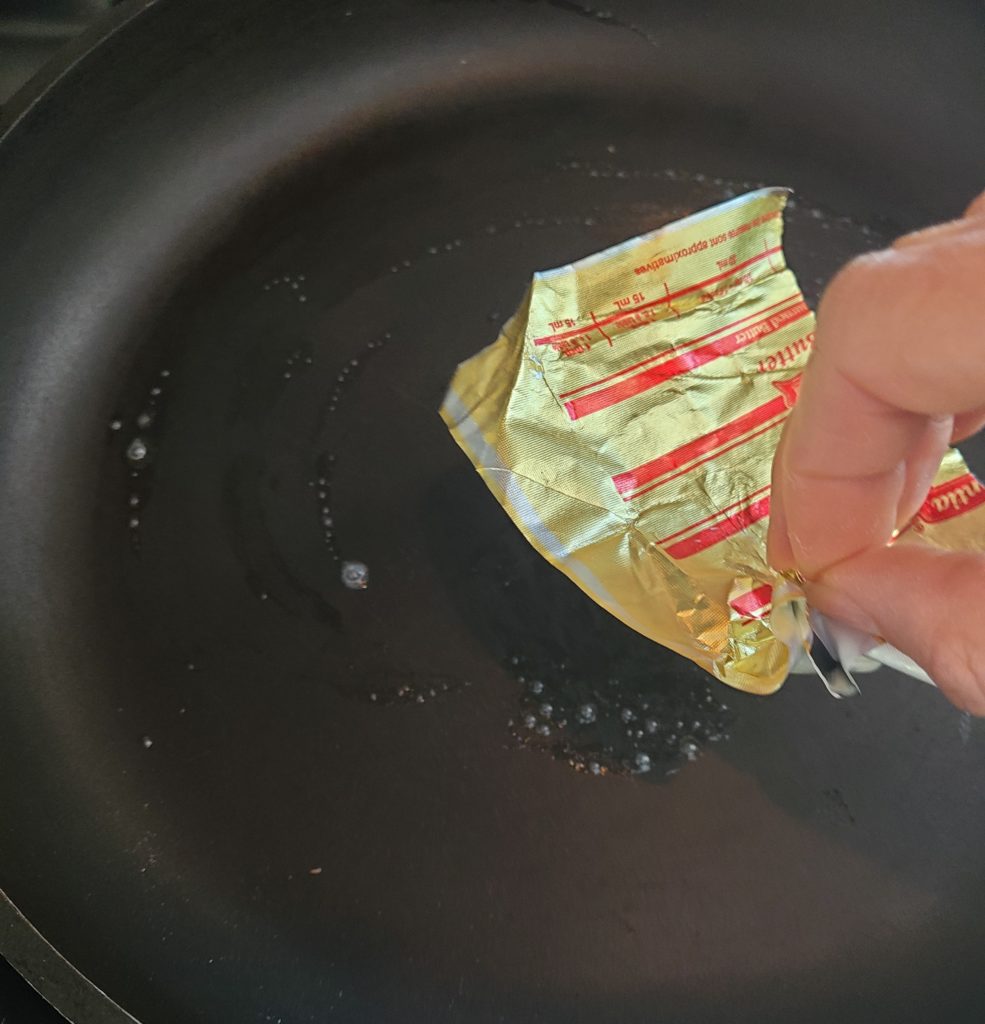
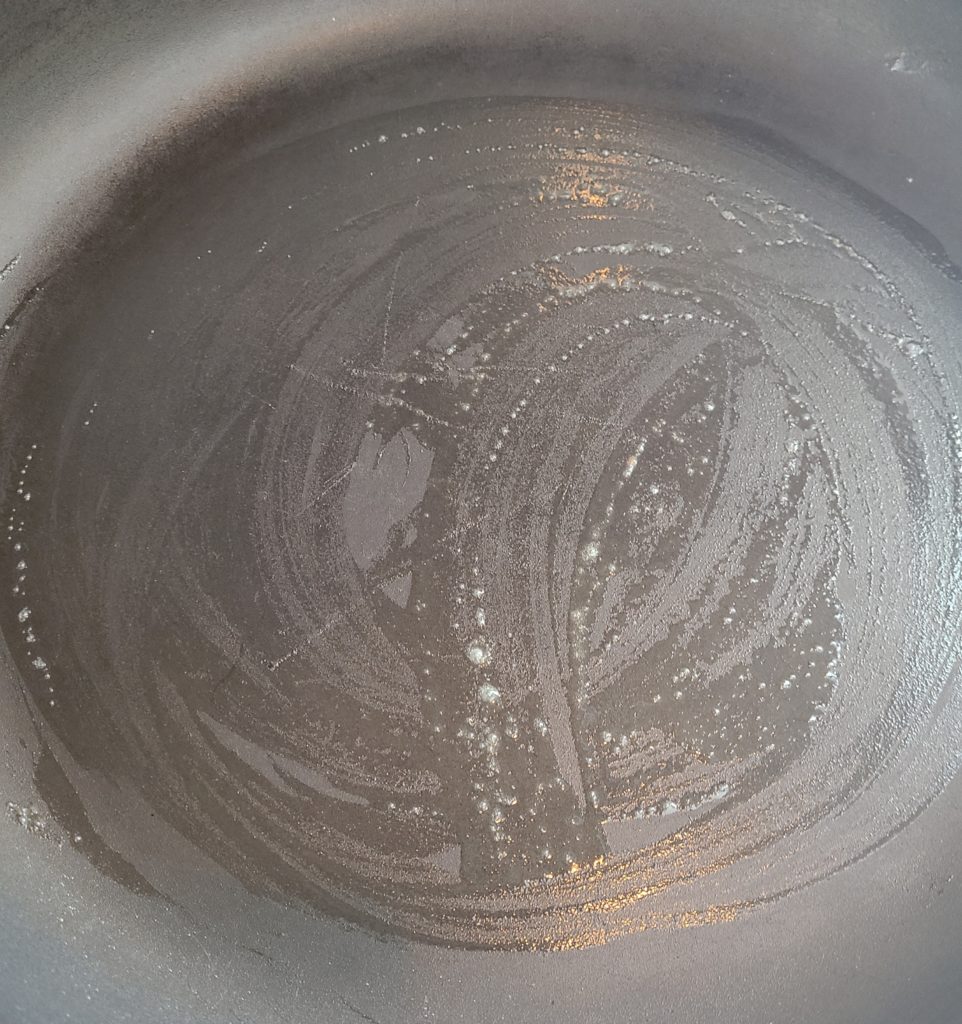


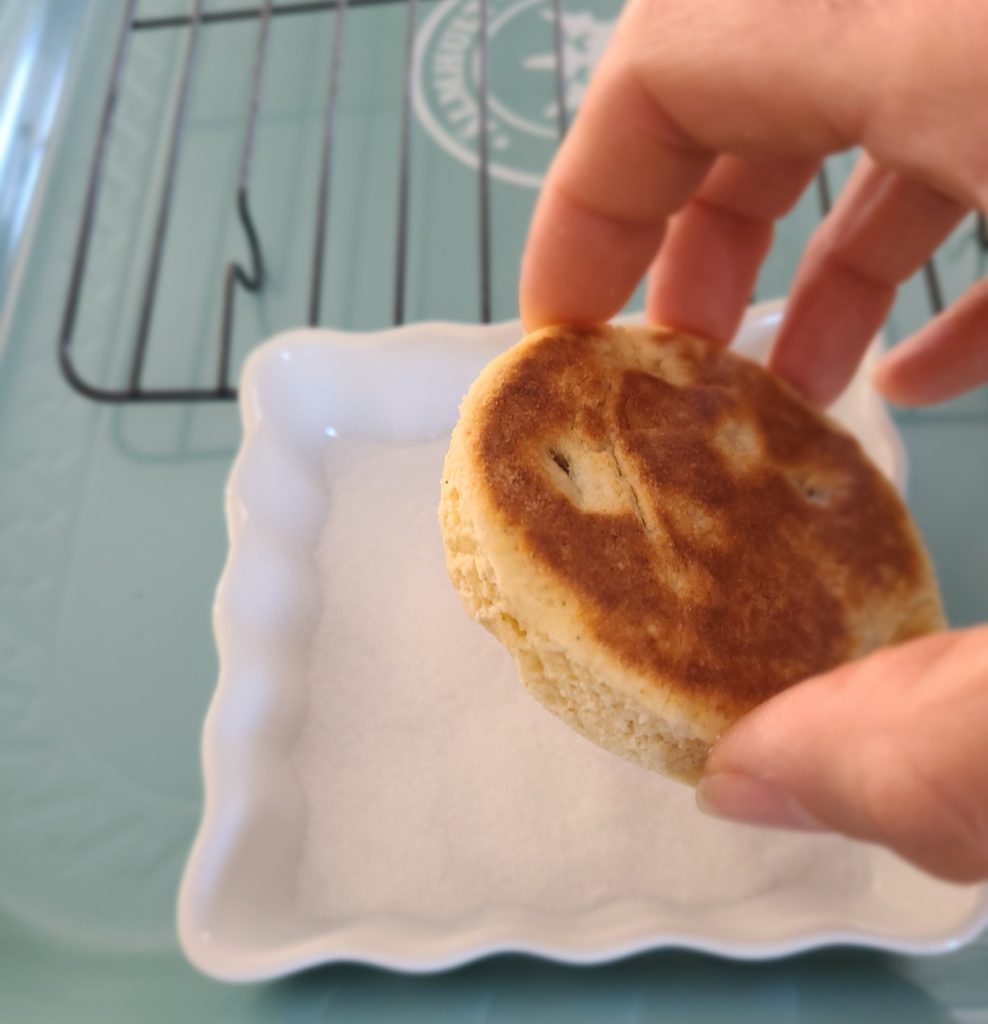
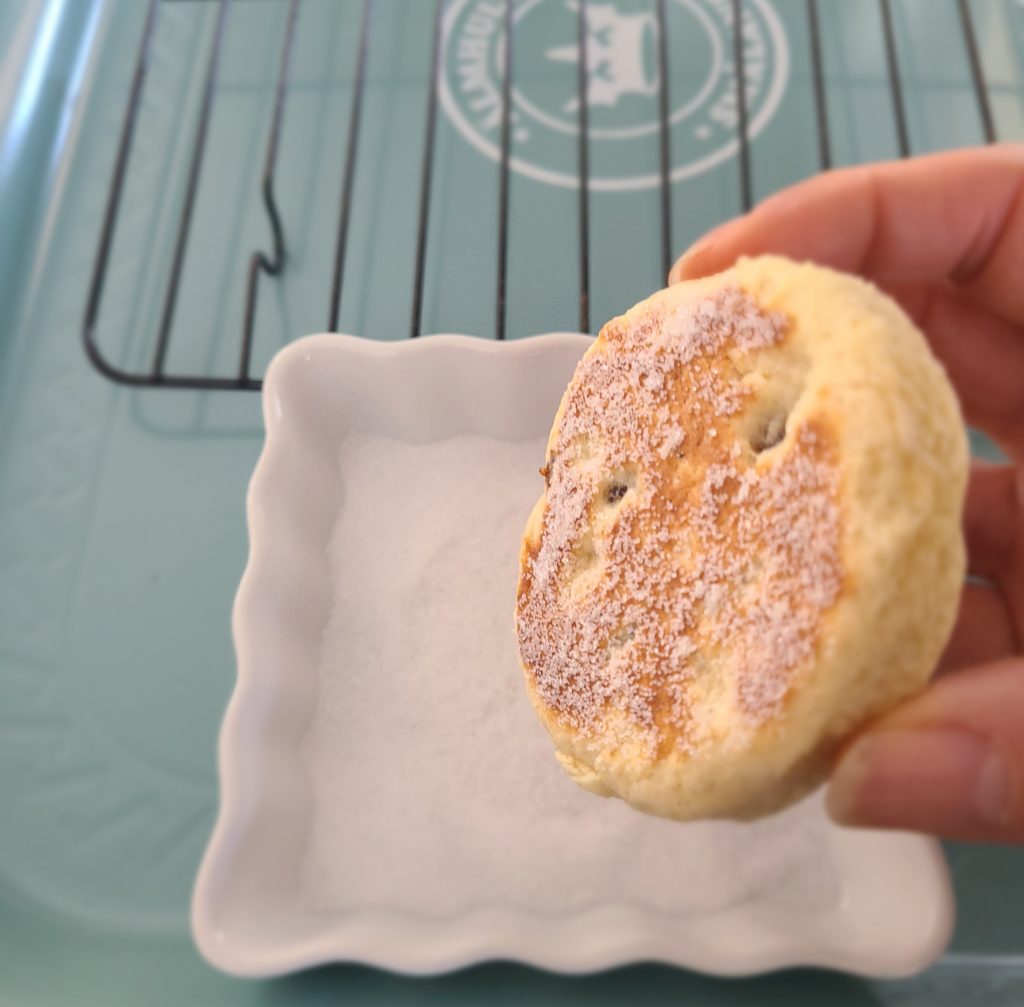
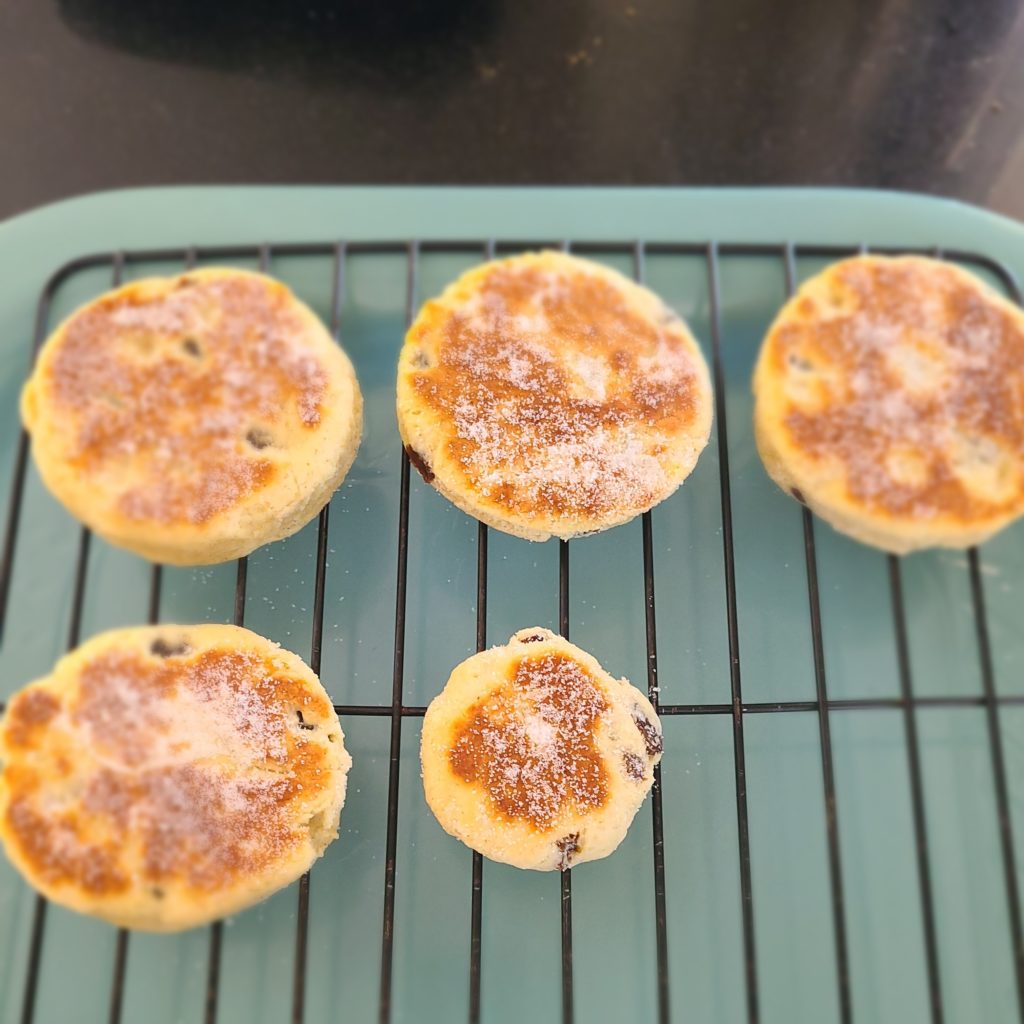
Leave a Reply